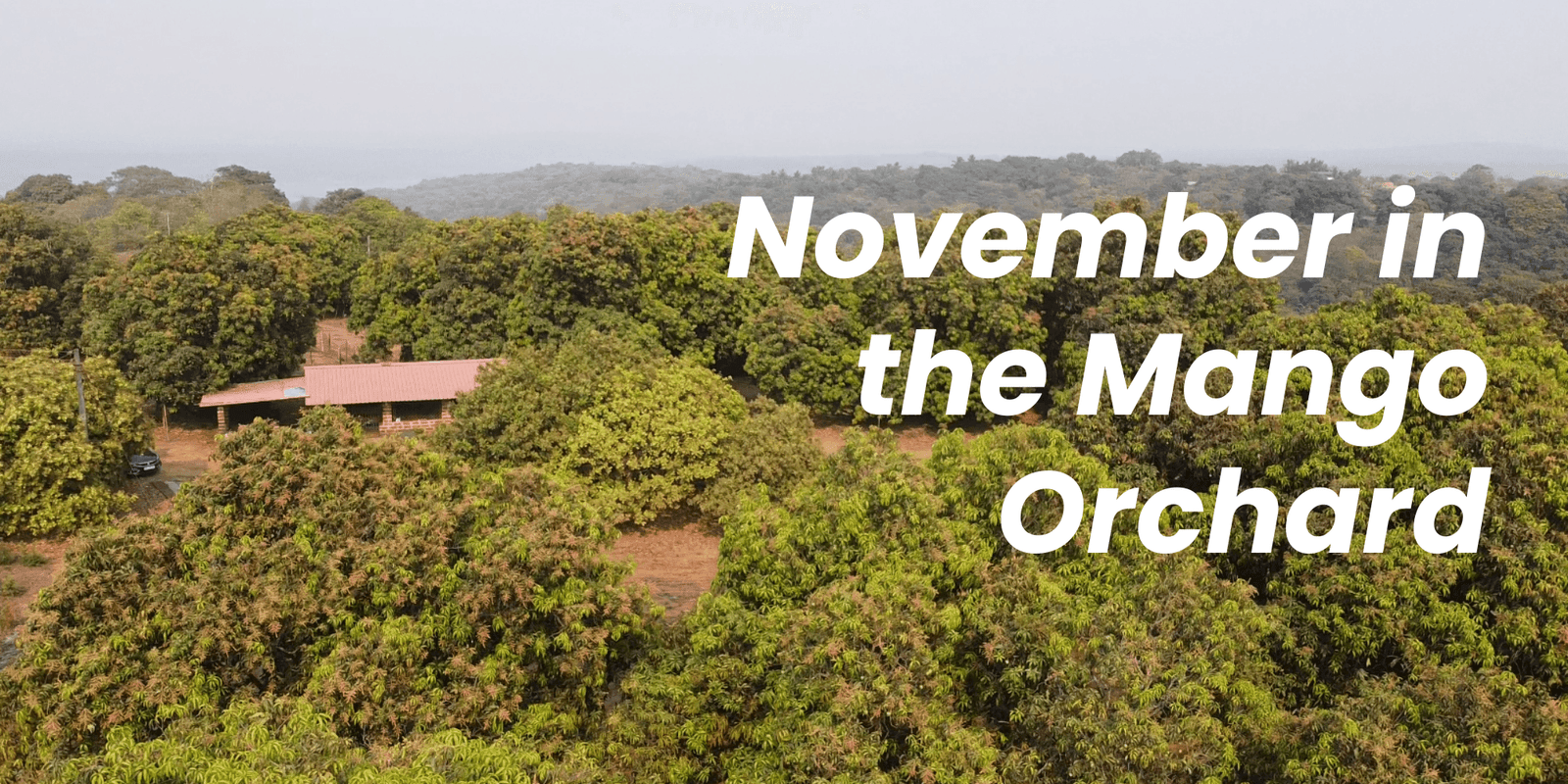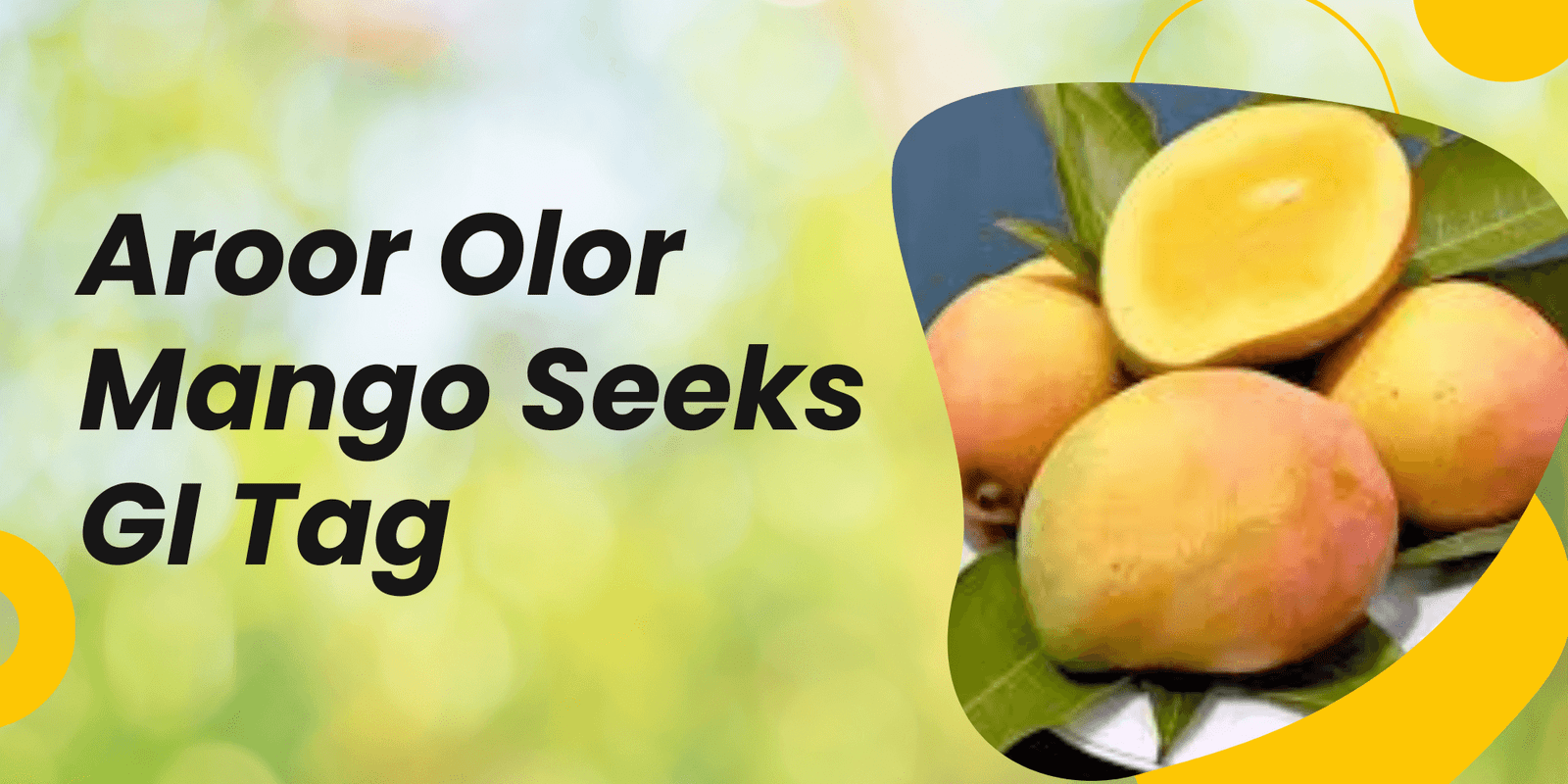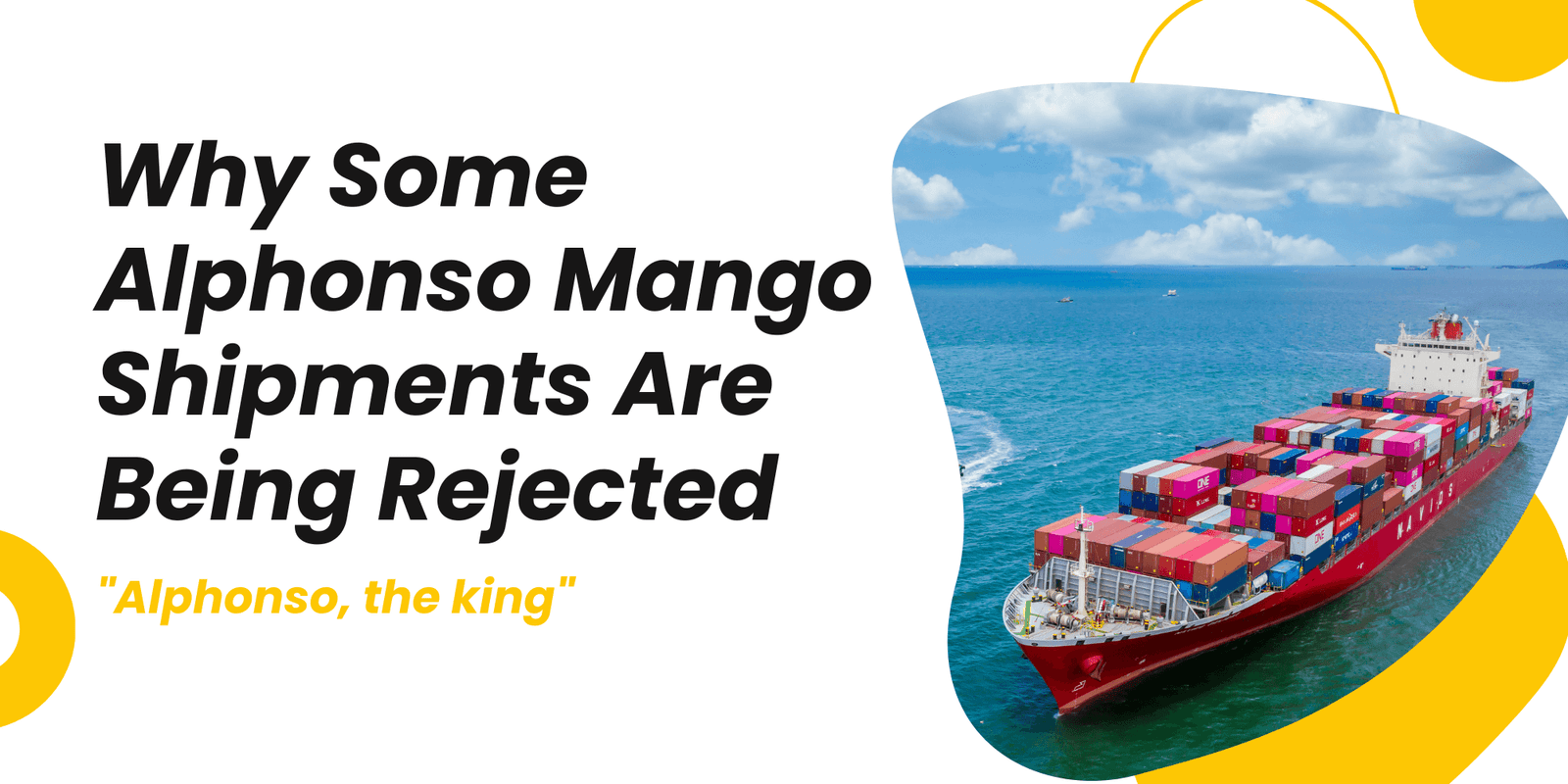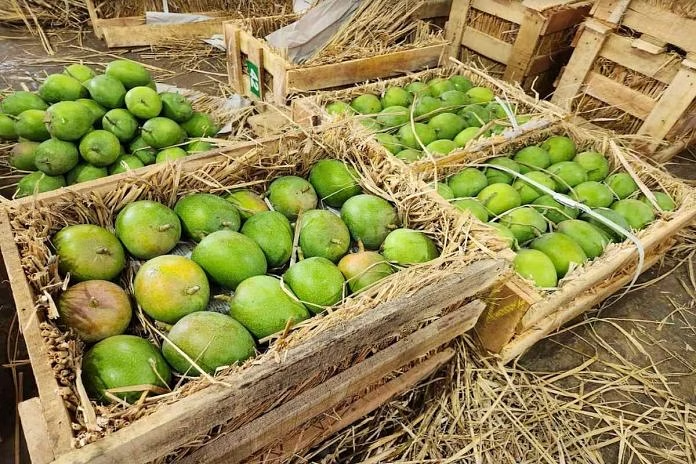
Why Are Alphonso Mangoes So Expensive?
Alphonso mangoes are among the most expensive fruits in India because of their limited growing regions, short season, and exceptional quality.
They are cultivated mainly in Ratnagiri, Devgad, and Sindhudurg on Maharashtra’s Konkan coast, where the red lateritic soil and coastal climate give them their distinctive sweetness, aroma, and creamy texture.
Alphonso trees produce fewer fruits than most varieties, and the harvest period lasts only from March to June. The demand from both domestic and export markets far exceeds supply, which drives up the price. Each fruit is handpicked, naturally ripened, and carefully graded, ensuring that every Alphonso mango is a premium product.
What Is So Special About Alphonso Mango?
The Alphonso, also known as Hapus, is celebrated for its rich aroma, saffron-yellow color, and buttery, non-fibrous pulp. The flavor is perfectly balanced—neither too sweet nor too tangy.
Its unique taste profile, smooth texture, and natural fragrance make it the most sought-after mango in India and abroad.
Which State Is Famous for Alphonso Mango?
Maharashtra is the most famous state for Alphonso mango cultivation, especially the Ratnagiri and Devgad districts. These regions hold the official Geographical Indication (GI) tag for Alphonso mangoes, guaranteeing their origin and authenticity.
Only mangoes grown within these areas can legally be sold as Ratnagiri Hapus or Devgad Alphonso.
Which Alphonso Is Best: Ratnagiri or Devgad?
Both Ratnagiri and Devgad Alphonso mangoes are outstanding, but they have subtle differences:
| Feature | Ratnagiri Alphonso | Devgad Alphonso |
|---|---|---|
| Color | Golden yellow, thin skin | Deep saffron tone, firm skin |
| Texture | Softer, creamy pulp | Firmer, slightly fibrous |
| Aroma | Deep and strong | Light and fruity |
| Taste | Rich, balanced sweetness | Slightly tangier finish |
Ratnagiri Alphonso is known for its delicate texture and balanced sweetness, while Devgad Alphonso offers a firmer bite and stronger color. Both are premium, GI-certified fruits.
Why Was Alphonso Mango Banned in the US?
For many years, Indian Alphonso mangoes were banned in the United States due to phytosanitary regulations related to fruit flies and other pests.
Exports resumed after India adopted USDA and APHIS-approved irradiation treatment for all exported mangoes. Today, authentic Ratnagiri Alphonso mangoes are exported safely to the US, meeting all international quality standards.
Which Is Better: Kesar or Alphonso?
Kesar and Alphonso are both highly regarded, but they cater to different preferences.
| Feature | Alphonso | Kesar |
|---|---|---|
| Origin | Maharashtra (Ratnagiri, Devgad) | Gujarat (Junagadh, Talala) |
| Taste | Creamy, rich, aromatic | Juicy, honey-sweet |
| Texture | Smooth, non-fibrous | Slightly fibrous |
| Use | Gifting, export, desserts | Juices, pulp, daily consumption |
Kesar mangoes are known for their sweetness and juiciness, while Alphonso offers a more complex, aromatic flavor. Alphonso remains India’s No. 1 premium mango because of its depth of flavor and export reputation.
Which Is India’s No. 1 Mango?
The Ratnagiri Alphonso mango holds the title of India’s No. 1 mango.
Its GI certification, superior quality, and high demand make it the most respected variety in the country and across global markets.
Which Country Is the Largest Producer of Alphonso Mango?
India is the largest producer of Alphonso mangoes.
The fruit is grown mainly in Maharashtra’s Konkan belt, with limited cultivation in Karnataka and Gujarat. Most exports go to the US, UK, UAE, Singapore, and Japan.
How to Identify Original Alphonso Mango
With many counterfeit varieties in the market, it is important to recognize real Alphonso mangoes:
- Aroma – Genuine Alphonso mangoes have a strong natural fragrance even before ripening.
- Skin – Naturally ripened fruits show a golden yellow color with green patches.
- Pulp – The texture is smooth and fiberless.
- Certification – Look for a GI tag or QR code from an authorized farm or brand such as Ratnagiri Hapus Store.
Which Mango Is the Most Expensive in India?
The Alphonso mango is the most expensive mainstream variety in India, typically priced between ₹1,000 and ₹3,000 per dozen for GI-certified fruits.
However, rare types such as the Japanese Miyazaki mango, sometimes sold in India, can cost up to ₹2–3 lakh per kilogram due to their unique red color and limited availability.
What Is the 2.5 Lakh or 3 Lakh Mango?
That refers to the Japanese Miyazaki mango, often called the “Egg of the Sun.” It has a high sugar content and glowing ruby-red skin. These mangoes are extremely rare and are usually grown under special greenhouse conditions in Japan and a few experimental farms in India.
Can Miyazaki Mangoes Be Grown at Home?
Miyazaki mangoes can technically be grown in India, but they require warm, humid weather and controlled conditions similar to Japan’s greenhouses. While some Indian farmers have succeeded, it remains a challenge for home growers.
Which Mango Is Sweetest: Kesar or Alphonso?
Kesar mangoes are sweeter and juicier, while Alphonso mangoes offer a richer, creamier sweetness with more aroma.
If you prefer syrupy sweetness, Kesar is ideal. If you prefer depth and balance, Alphonso is the superior choice.
Globally, Alphonso is considered one of the sweetest and most flavorful mangoes in the world.
Why Is Kesar Mango So Expensive?
Kesar mangoes are grown in limited areas of Gujarat and are highly valued for their bright color, strong aroma, and natural sweetness. The combination of small production volumes and high demand, especially in export markets, makes them relatively expensive.
Conclusion
From Ratnagiri’s coastal slopes to Gujarat’s fertile plains, India’s mango heritage is unmatched. Among all varieties, Ratnagiri Alphonso continues to reign supreme for its authenticity, flavor, and quality.
At Ratnagiri Hapus Store, every mango is sourced directly from GI-certified farms, naturally ripened, and delivered fresh to your doorstep.
Experience the original taste of the Konkan coast — real, rich, and unforgettable.
Visit ratnagirihapus.store to order your authentic Alphonso mangoes today.









